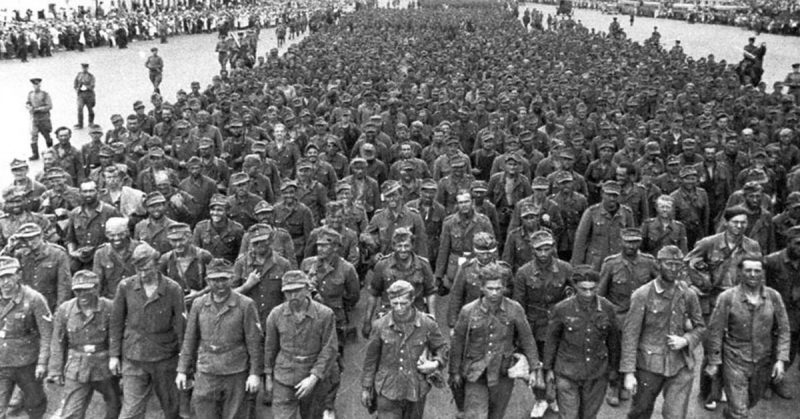Just weeks after the Allies landed in Normandy during World War II, a second large-scale offensive was inbound toward Germany from the east. Operation Bagration, launched on 22 June 1944.
On the very anniversary of the Nazi invasion of the USSR–was filled with powerful symbolics which were all pretty much carrying the same message: revenge.
Stalin had long before insisted on the analogy between Napoleon’s 1812 invasion of Russia and Hitler’s attack on the Soviet Union in 1941. These two historic events, once linked, added a powerful motivational image to the struggle.
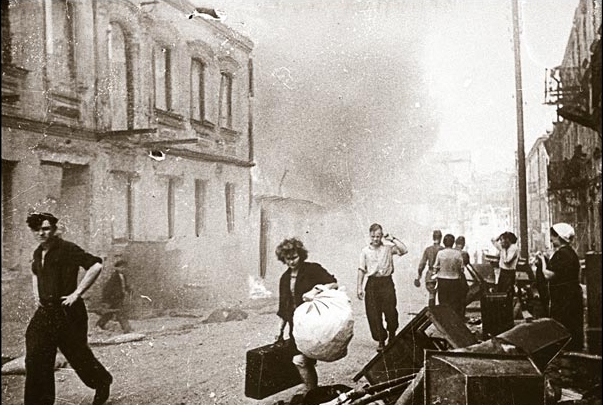
For the Soviets it was a matter of survival. They were fighting for their very existence, just like they did during the Patriotic War of 1812.
Since WWII remains to this day known in Russia as the Great Patriotic War, the relation is obvious. The very name “Bagration” was chosen to honor a Georgian prince who fought against the French, and who also plays an important role as a character in Leo Tolstoy’s epic War and Peace.
Prior to the offensive, partisan units behind German lines in Belarus, Poland, and the Baltic States did their part in disrupting supply lines and sabotaging enemy infrastructure.
After a massive bombing campaign, more than two million Soviet frontline and support troops were unleashed.
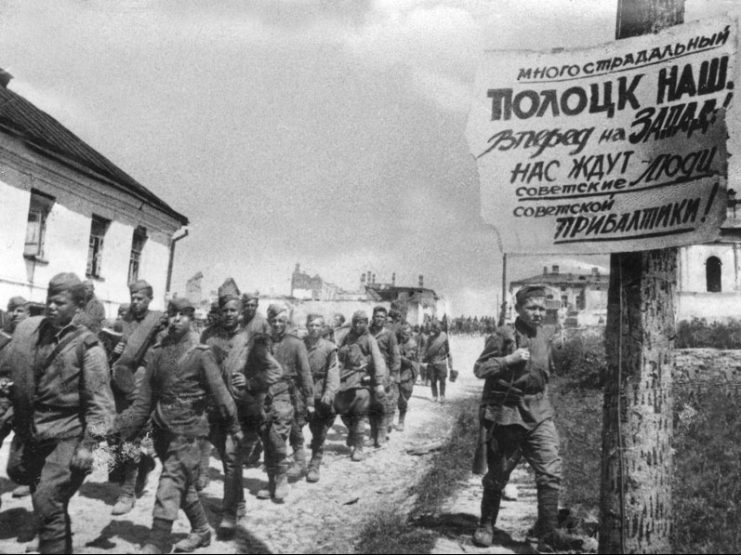
The Germans lost around 350,000 men. The Soviets had around 5 times fewer casualties, making Bagration one of the most successful Soviet military actions of the war. Out of 160,000 POWs, less than a third survived the march to prison camps.
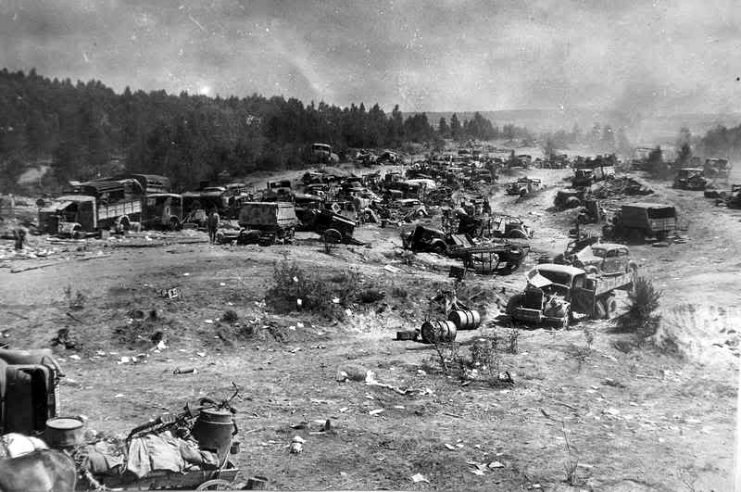
Around 57,000 of those who did survive were paraded in Moscow on July 17, 1944. The highest ranking captured officers were “in charge” of leading the parade, along with a Soviet military escort.
Humiliated and defeated, the German POWs walked the streets of Moscow. Although some of the prisoners bowed their head in shame, it appeared as though all of them were relieved to find that they were no longer participants in the conflict.
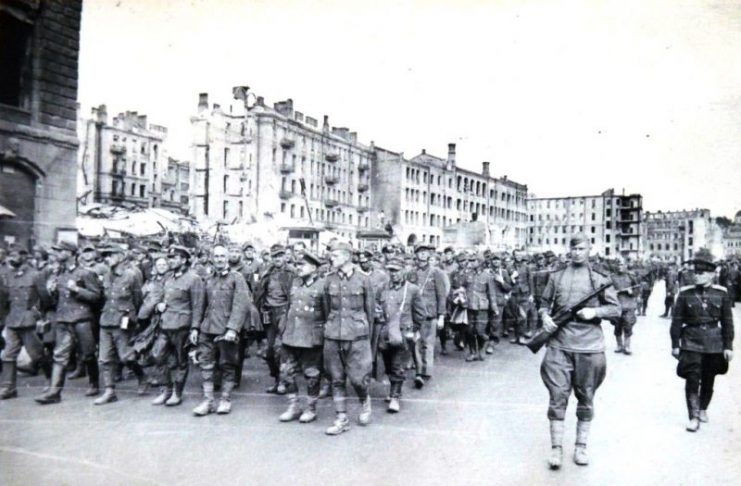
On the other hand, they didn’t seem to care that the city upon which they laid siege in 1941 was openly mocking them now, just months before the Red Army reached Berlin.
Needless to say, the parade served as a massive morale boost for both the Soviet people and army, for not since the days of Napoleon had the citizens of Moscow seen an enemy so utterly defeated.
Read another story from us: Operation Bagration – The Soviet Liberation of Belarus
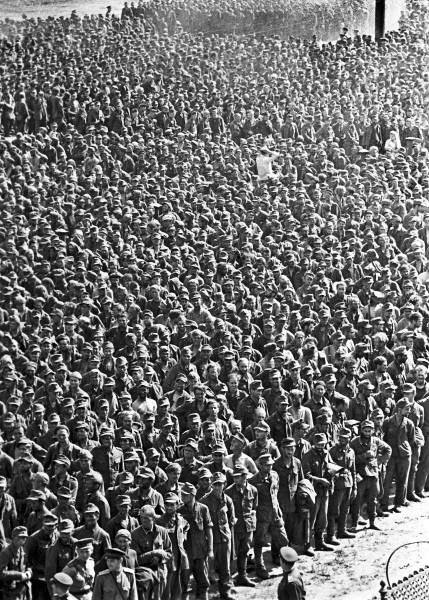
After the long row of prisoners had passed, trucks with hoses watered down the streets, in yet another symbolic gesture ― cleansing the soil from the invaders.
